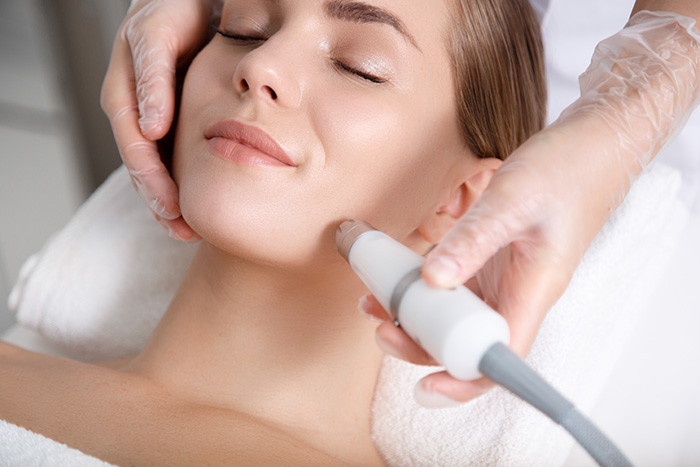
What Are The Pros and Cons Of Laser Skin Treatments?
Laser skin treatments can be an effective way to diminish scars and restore radiance to your complexion, but only visit an experienced provider equipped with top equipment.
This procedure works by creating small holes in the skin in order to stimulate its own healing processes and boost collagen production, helping reduce fine lines and wrinkles by speeding healing time.
1. They are less invasive
Laser skin treatments can effectively target discolorations, scars, wrinkles and more for healthy looking results with minimal pain and expense. They’re less invasive than other procedures while taking less sessions to reach your desired goals.
Arash Akhavan, a dermatologist, compares laser treatment to “an elastic band snapping on your face.” Depending on the strength of your laser device, some discomfort may arise during treatment.
Nonablative lasers are gentler than their ablative counterparts. They target lower layers of skin to cause microscopic injuries that promote collagen production and renewal – perfect for people with darker complexions who risk hyper- or hypopigmentation.
2. They are less expensive
Laser skin treatments generally cost far less than surgery; however, multiple visits could add up. The costs can quickly add up if multiple sessions are necessary for correction of an issue.
This treatment works by creating small thermal injuries in the skin that prompt it to heal itself by producing new tissue, thus smoothing away fine lines and wrinkles. Furthermore, it may improve blemishes, large pores, uneven skin tone and hyperpigmentation as well as soften fine lines and wrinkles.
Nonablative lasers, which do not cause wounding to the skin, tend to work best for people with darker complexions because they have a low risk of hyper- or hypopigmentation. Ablative lasers may also work effectively in helping treat other issues, but nonablative ones are typically best.
3. They are less painful
Laser treatment can effectively remove blemishes, wrinkles, sun damage and stretch marks while improving tone and texture of skin for an overall more youthful appearance.
Laser skin procedures may be uncomfortable depending on the area being treated and your pain threshold. Many patients describe it as feeling like rubber band snapping against their skin.
Pulsed-dye lasers, commonly referred to as vascular lasers, use concentrated yellow light to heat the skin and absorb pigments that contribute to redness, hyperpigmentation, broken capillaries and rosacea. This laser treatment typically doesn’t involve surgery as it often works alongside microneedling or IPL treatments.
Nonablative lasers don’t vaporize the surface of the skin, meaning they can treat darker skin tones without increasing hyperpigmentation. Nonablative lasers are generally suitable for patients who exhibit mild to moderate wrinkling or discoloration.
4. They are more effective
Just like when working out to intentionally tear muscles, your body responds by rebuilding them stronger – this also happens with laser treatments. Applying energy to cause small tears in the skin triggers its natural wound-healing pathway, helping reduce fine lines and wrinkles, sun damage, uneven pigmentation and stretch marks.
Akhavan emphasizes that laser treatment can be an effective solution to many of your concerns; however, finding someone knowledgeable enough in dermatology to use the proper device for your particular skin tone is crucial. A board-certified practitioner should have prior experience working on different skin tones.
Ablative lasers tend to be more effective at targeting deeper lines and wrinkles, acne scars, and discolorations than non-ablative ones; however, non-ablative ones typically have milder side effects and require less downtime.
5. They are less dangerous
Laser skin treatments tend to be safer than other treatment options. When performed by a qualified plastic surgeon or dermatologist, laser procedures pose minimal risk to skin health due to using controlled damage caused by laser beams which triggers your body into responding by healing tissues and producing new skin cells.
Pulsed-dye lasers heat the skin to absorb pigments that cause redness, hyperpigmentation, broken capillaries, rosacea and sun damage. Pulsed-dye lasers are especially beneficial to people of color as they pose less risk of hypo- or hyperpigmentation. At initial consultations, doctors will consider both your medical history as well as physically assess the area to select which laser treatment would provide the most optimal outcomes; often multiple sessions of treatment sessions may be required in order to achieve desired results.


